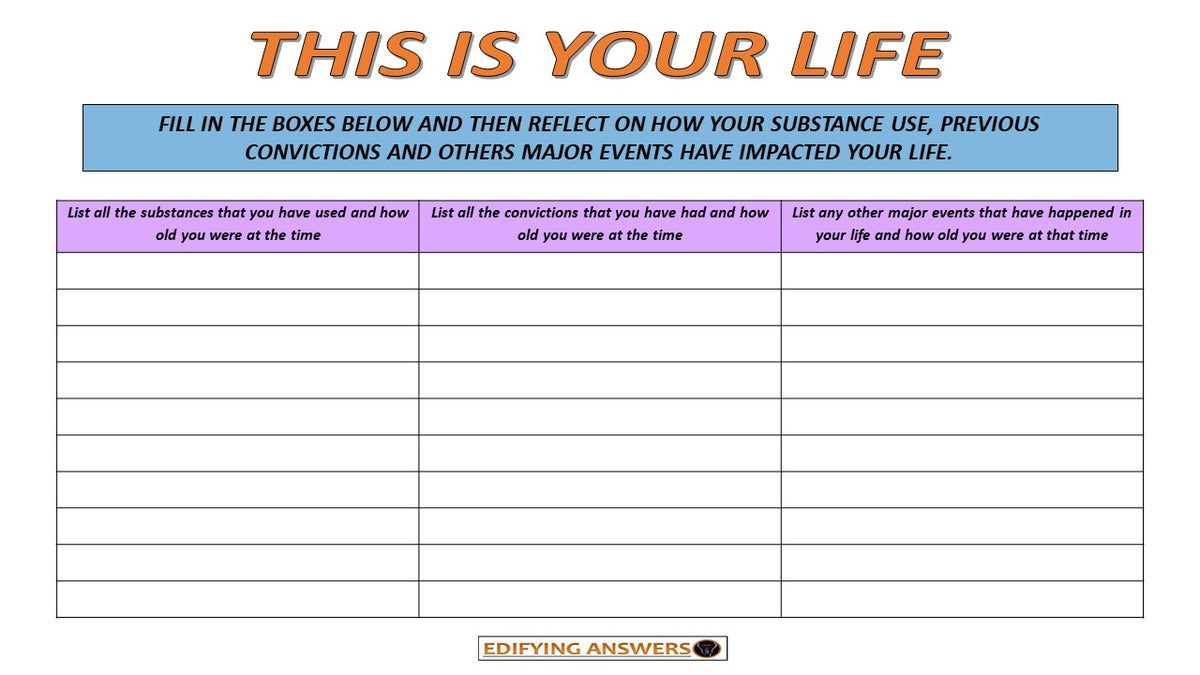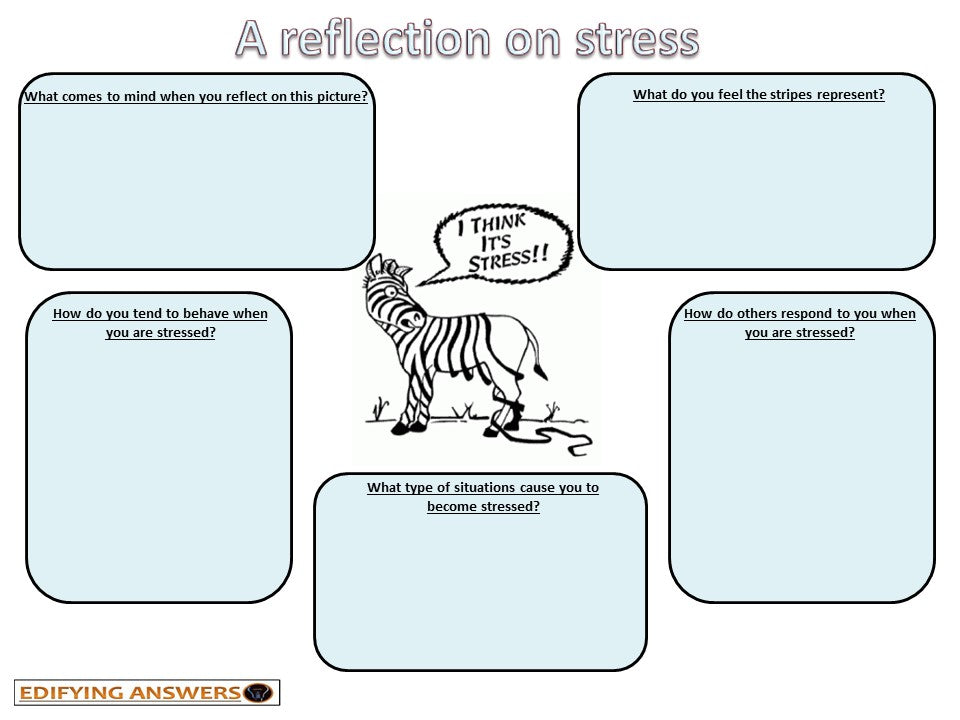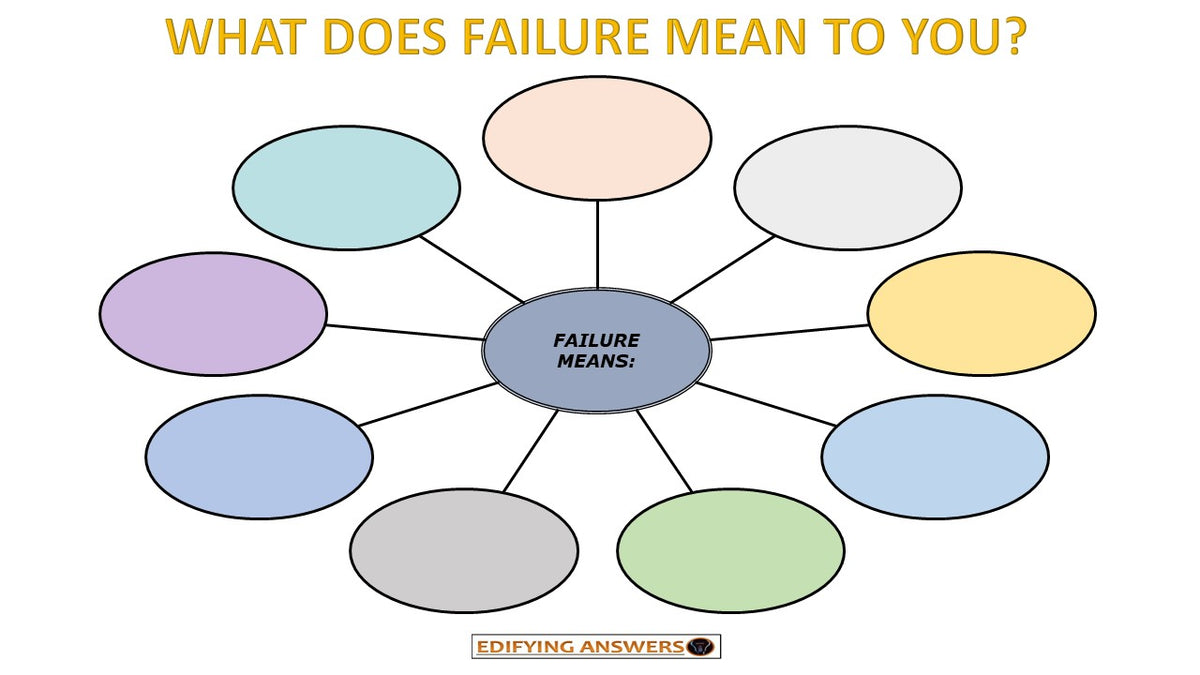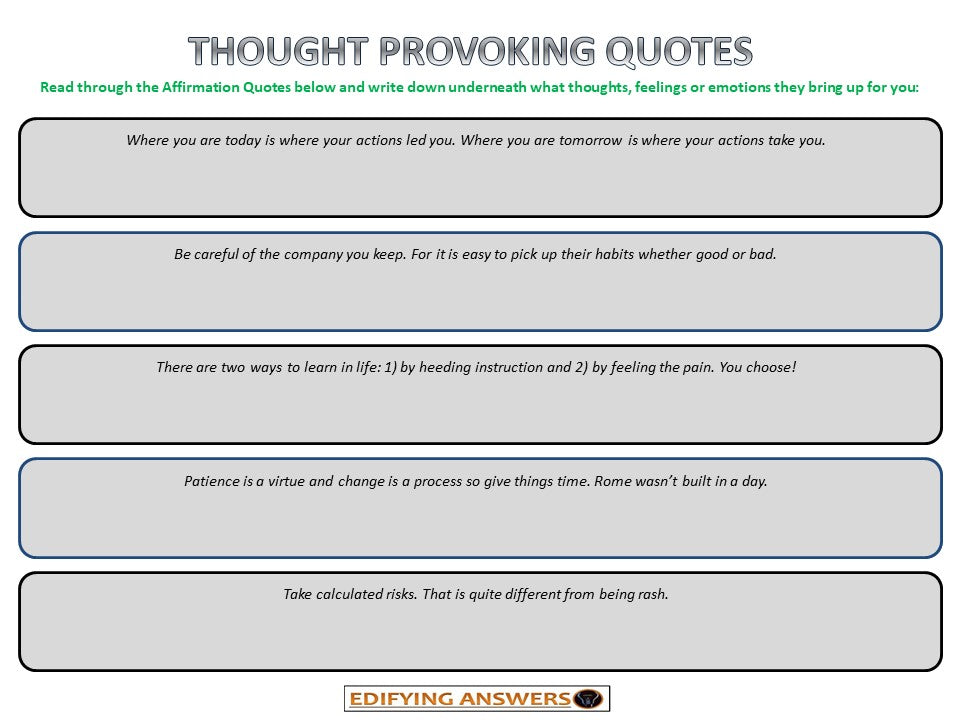
Mental Criminal #3: Worry — The Silent Saboteur of Your Dreams
Introduction: Worry — The Thief of Potential
Worry isn’t just a mental tick—it’s a silent saboteur that hijacks your energy, delays your action, and diverts your focus from your goals and dreams. It masquerades as preparation but often paralyzes progress. When left unchecked, worry becomes a full-time occupation that robs you of your mission, blurs your vision, and steals your future one anxious thought at a time.
This is why worry is Mental Criminal #3—dangerous, persuasive, and pervasive. But like any criminal, it can be outsmarted and overcome with the right mental fortitude.
How Worry Destroys Momentum
Worry convinces you that worst-case scenarios are likely. It shifts your brain into survival mode, triggering the amygdala and releasing stress hormones like cortisol. Chronic worry leads to:
- Analysis paralysis – the inability to make decisions due to fear of making the wrong one.
- Self-doubt – constantly questioning your capability and worth.
- Delayed action – postponing meaningful steps toward your goals.
- Disconnection from purpose – losing sight of your "why" amid imagined fears.
As Dr. Susan Jeffers, author of Feel the Fear and Do It Anyway, notes:
“Worrying is a waste of time. It doesn't change anything. It messes with your mind and steals your happiness.”
Worry doesn’t prepare you. It imprisons you.
Building Mental Fortitude: Your Weapon Against Worry
Mental fortitude is the internal muscle that empowers you to face uncertainty without collapsing into fear. Here's how to develop it and dismantle worry’s grip.
1. Mindfulness: Train Your Awareness
Worry thrives in the future—what might happen? Mindfulness brings you back to the now, where worry has no fuel.
Try this: The 5-4-3-2-1 Grounding Technique.
- Name five things you can see
- Name four things you can touch
- Name three things you can hear
- Name two things you can smell
- Name one thing you can taste
This anchors your awareness and disrupts worry spirals.
Insight: Dr. Judson Brewer, neuroscientist and addiction psychiatrist, explains:
“When we practice mindfulness, we learn to step out of the worry loop and observe it without judgment. This awareness is the first step to breaking the cycle.”
2. Reframe the Narrative
Worry usually begins with "What if?" Flip that script to a more empowered question: “What can I do right now?”
Tool: The Reframe Grid
|
Worry Statement |
Empowered Reframe |
|
What if I fail? |
What if I succeed beyond measure? |
|
What if they reject me? |
What if I find the right people? |
|
What if I’m not ready? |
What can I do today to prepare? |
3. Take Micro-Actions
Action dissolves anxiety. Waiting for fear to disappear before acting is a trap. Take small, deliberate steps.
Tool: The 5-Minute Rule
Commit to doing a task for just five minutes. Often, getting started neutralizes worry and builds momentum.
4. Strengthen Your Identity
Worry often stems from uncertainty about who you are and what you're capable of.
Strategy: Identity Affirmations
Craft statements that affirm your resilience:
- “I am built to handle uncertainty.”
- “My dreams matter more than my doubts.”
- “I choose courage over comfort.”
Expert Insight: Dr. Brené Brown says,
“People with a strong sense of love and belonging believe they are worthy of love and belonging. Worthiness doesn't have prerequisites.”
Your identity isn’t based on outcomes but on your intentional mindset.
5. Build a Worry Ritual (and Contain It)
Designate a “worry window”—15 minutes a day where you write down or speak your worries. Outside of that time, tell yourself: “I’ll worry about this later.”
This conditions your mind to stop the 24/7 anxiety habit and regain control.
6. Surround Yourself with the Mentally Strong
Mental fortitude is contagious. Community fuels confidence. Find coaches, mentors, or peers who choose progress over paralysis.
Pro tip: Create a “fortitude board” of quotes, role models, and reminders that keep you focused.
The Long Game: Becoming Worry-Resistant
Mental fortitude isn’t built overnight—it’s forged through consistency. The goal isn’t to eliminate worry completely but to stop letting it lead. When you start responding to worry with awareness, action, and identity, you remove its power.
“You don’t have to control your thoughts. You just have to stop letting them control you.”
— Dan Millman
Conclusion: Reclaim Your Future from Worry
You create space for purpose, vision, and movement whenever you silence worry. Worry cannot coexist with aligned action. By building your mental fortitude, you disarm one of the most deceptive mental criminals—and unlock the clarity and courage needed to live fully and freely.
I hope you found this blog helpful. Share one thing that you will take away from reading this blog below!





0 comments